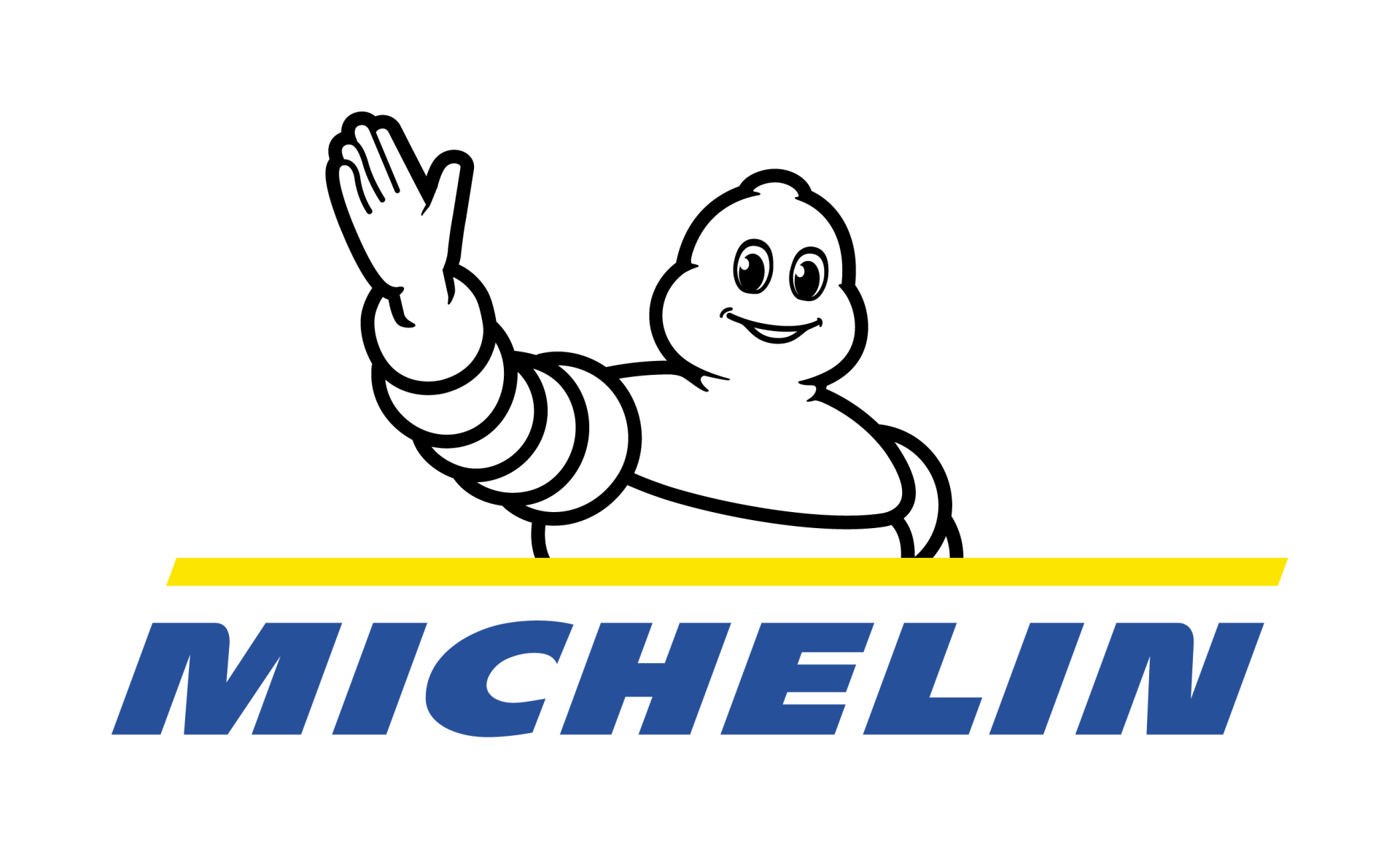FAQ
FREQUENTLY ASKED QUESTIONS
Read through our FAQ below to learn more about proper tyre maintenance. Our mechanics are dedicated to providing honest advice and competitive prices on our tyres and front-end mechanical repairs.
Got another question for us? Call us today. Clarence Valley Tyre Centre has been the place to go to get your tyres since 1987.
- HOW DO I KNOW WHICH SIZE TYRE IS RIGHT FOR MY CAR?
The size details of your current tyre can be located on the sidewall of your tyre. There are a number of different size ratios that must be considered when understanding the overall size of your tyre. The numbers are in the format of ###/##R##.
Our tyre specialists can help to identify all of this information to ensure we select the right tyre for your vehicle.
- WHAT TYRE PRESSURE SHOULD I PUT IN MY TYRES?
Tyre pressure is an integral part of tyre maintenance. Contact our tyre specialists to ensure you are maintaining the correct pressure for your particular tyre.
- HOW OFTEN SHOULD I CHECK MY TYRE PRESSURE?
Approximately every 6 months and before a long trip.
- WHEN SHOULD I CHECK MY WHEEL ALIGNMENT?
If you notice that your vehicle pulls significantly to the left or right when you are travelling on a straight, flat road with little crosswind, or your tyres are wearing abnormally, then your wheel alignment may require adjustment. You should therefore take your vehicle to a Michelin tyre dealer or a reputable garage to have its wheel alignment checked. This is a simple process, which may require a slight adjustment of front and/or rear suspension components. If your vehicle's wheels are not properly aligned, this can cause abnormal wearing of the tyres.
Note: A wheel alignment may also be referred to as a suspension alignment.
Always have your vehicle's alignment checked when:
- Your vehicle has hit something (e.g. a kerb or major road hazard)
- You notice that your tyres are wearing abnormally or unevenly
- You experience steering or handling problems, such as pulling or drifting to one side
- Your steering wheel does not return easily after a turn
- Your steering wheel remains at an angle when driving in a straight line
- When you buy a new set of tyres and want them to last as long as possible
- When you replace suspension or steering components
- DO I NEED TO REPLACE A PUNCTURED TYRE, OR CAN IT BE REPAIRED?
The decision between replacing or repairing a damaged tyre is very important. On some occasions, a tyre is beyond repair, however if the damage is on the tread, it may be able to be repaired. This decision requires a trained tyre specialist who must remove the tyre from the wheel to thoroughly assess the damage.
As a rule of thumb, often holes beyond 6 millimetres cannot be repaired, as well as tyres that have travelled even just a short distance from the puncture location.
In the event that your tyre is damaged, it is advised that you change the tyre over to your spare and visit a tyre specialist as soon as possible.



